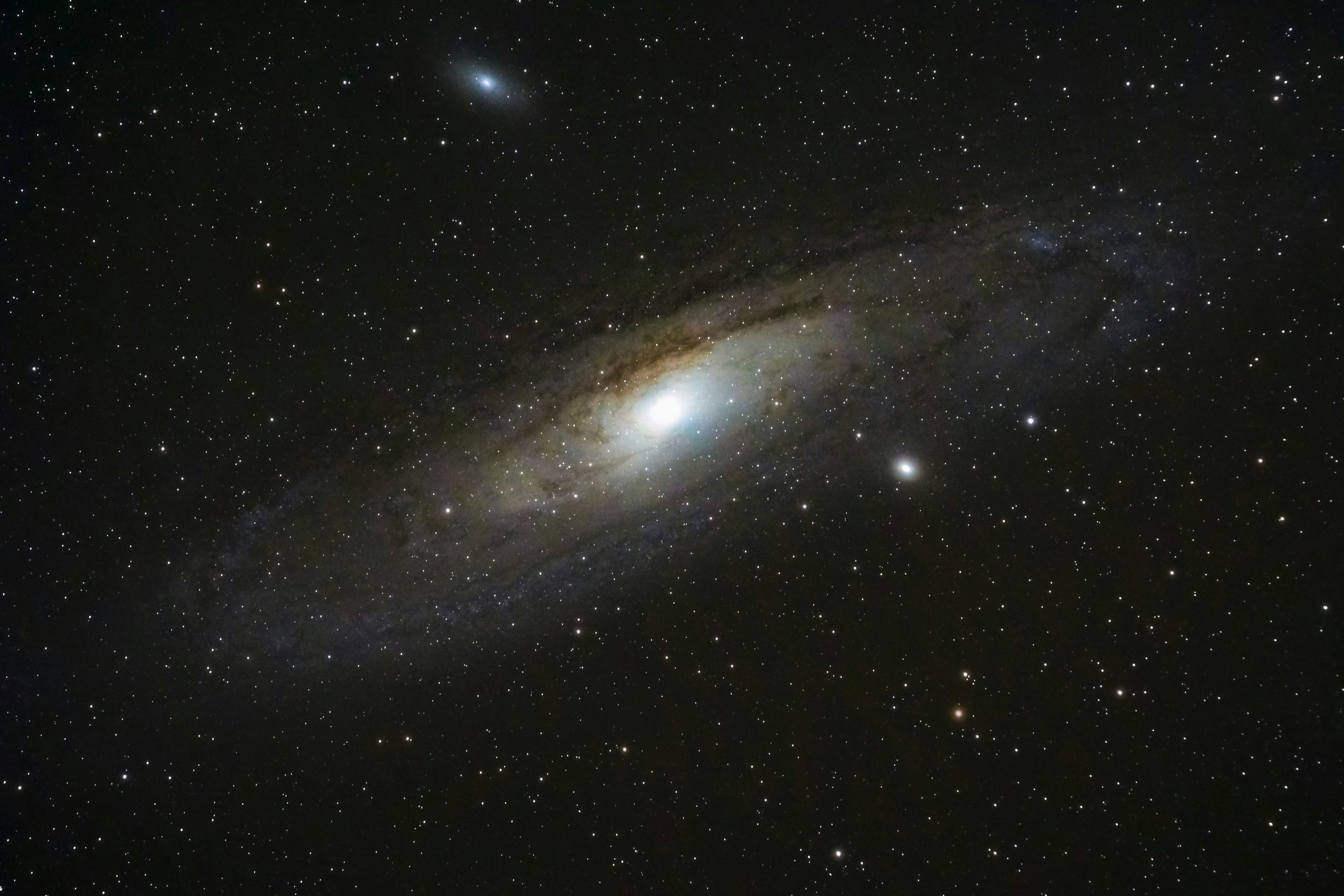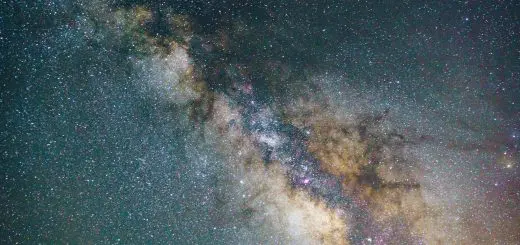Ragnarok: The Norse Apocalypse

Looking for more amazing products? Check out our online store and explore our collection here! Happy shopping!
Before diving in, please note: This post is for informational purposes only. If you’d like to know more about how we approach topics, feel free to check out our friendly Disclaimer Page.
Hey there, amazing readers! 
We’re committed to delivering quality posts, and your support (even just sticking around despite the ads) means everything to us. So, bear with us, and thanks for helping us keep the good vibes rolling. Now, on to the fun stuff!
TRANSLATE BUTTON AT THE END OF THE ARTICLE
Overview
Ragnarok, often referred to as the Norse Apocalypse, is a cataclysmic event in Norse mythology that marks the end of the world.
It is a fascinating and intricate tale filled with prophecies, battles, destruction, and rebirth.
This article aims to provide a comprehensive overview of Ragnarok, exploring its mythical prophecies, significance in Norse mythology, key players, events leading up to it, the battle itself, the aftermath, the concept of rebirth, symbols and symbolism, its influence in modern culture, and a comparison with other apocalyptic myths.
Additionally, it will delve into the moral and ethical themes that can be derived from this ancient Norse narrative.
The Mythical Prophecies of Ragnarok
The Norse mythology foretells Ragnarok through a series of prophecies.
One such prophecy, called the Voluspa, reveals the sequence of events that leads to the ultimate destruction of the world.
It mentions the coming of the Fimbulwinter, a harsh and never-ending winter, as a precursor to Ragnarok.
The prophecies also speak of monstrous beings, such as Jormungandr, the giant serpent, and Fenrir, the monstrous wolf, who will play significant roles in the apocalyptic battle.
The Significance of Ragnarok in Norse Mythology
Ragnarok holds immense significance in Norse mythology as it represents not only the end of the world but also the cyclical nature of existence.
It symbolizes the inevitable destruction and subsequent rebirth of the cosmos, highlighting the transient nature of all things.
Additionally, Ragnarok serves as a reminder of the gods’ vulnerability, as even they are not exempt from the forces of fate and destiny.
The Key Players in the Ragnarok Narrative
Several key players take part in the Ragnarok narrative, each with their own distinct role to play.
Odin, the Allfather and ruler of the gods, seeks to delay the onset of Ragnarok, even though he foresees its inevitability.
Loki, the trickster god, plays a pivotal role as he sides with the giants and brings chaos to Asgard, the realm of the gods.
Thor, the god of thunder, battles fiercely against the giants and the monstrous serpent Jormungandr.
These are just a few examples of the many characters that shape the Ragnarok story.
The Events Leading up to Ragnarok
Before Ragnarok, the world experiences a period of chaos and moral decline.
The gods themselves become embroiled in conflicts and betrayals, leading to the breakdown of order and harmony.
The giants, led by Loki, grow increasingly powerful and wage war against the gods.
As the prophecies unfold, natural disasters and supernatural events occur, signifying the approaching cataclysm.
This gradual deterioration sets the stage for the ultimate battle of Ragnarok.
The Battle of Ragnarok: Clash of the Gods
The battle of Ragnarok is a climactic clash between the gods and their adversaries.
It takes place on the plains of Vigrid and involves fierce combat between the gods, giants, and monstrous creatures.
Thor battles Jormungandr, Odin confronts Fenrir, and various other conflicts unfold simultaneously.
The gods fight valiantly but ultimately fall in battle, fulfilling the prophecies of Ragnarok.
This battle represents the forces of chaos and destruction overpowering the forces of order and creation.
Destruction and Chaos: The Aftermath of Ragnarok
Following the intense battle, Ragnarok leaves the world ravaged and in ruins.
The once-mighty realms of the gods, including Asgard and Midgard, lie desolate and destroyed.
The survivors, both gods, and humans, gather to rebuild what remains, signifying the concept of rebirth and renewal.
This aftermath highlights the cyclical nature of existence and the possibility of starting anew even after immense destruction.
Explore the Path to Spirituality and Enlightenment – Start Here.
The Concept of Rebirth in Ragnarok
Although Ragnarok brings about widespread devastation, it also carries the concept of rebirth and renewal.
From the ashes of destruction, a new world emerges, representing the cyclical nature of existence.
Baldr, the god of light and purity, is said to return from the dead and rule alongside his brother Hodr in this renewed world.
This concept of rebirth offers hope and emphasizes the continuous cycles of creation, destruction, and rebirth present in Norse mythology.
Symbols and Symbolism in the Ragnarok Myth
Ragnarok is rich in symbolism, with various elements representing deeper meanings.
The giant serpent Jormungandr symbolizes chaos, while Fenrir embodies destruction and the uncontrollable forces of nature.
The mythical ship Naglfar, constructed from the nails of the dead, represents the end times.
Additionally, the breaking of the Bifröst, the rainbow bridge that connects the realms, symbolizes the severing of ties between the gods and the mortal world.
These symbols add layers of meaning and complexity to the Ragnarok narrative.
The Influence of Ragnarok in Modern Culture
The Ragnarok myth has had a significant impact on modern culture, particularly in the realms of literature, art, and entertainment.
It has inspired countless works of fiction, including novels, movies, and video games.
Marvel Comics, for example, portrays Thor and the Ragnarok narrative in its popular superhero franchise.
The themes of destruction, rebirth, and the clash between good and evil continue to captivate audiences, showcasing the enduring influence of Ragnarok in popular culture.
Comparing Ragnarok with Other Apocalyptic Myths
While Ragnarok shares similarities with other apocalyptic myths, such as the biblical story of the Great Flood or the end times described in various religious texts, it also possesses distinct features.
Unlike the notion of a final judgment or the ultimate triumph of good over evil, Ragnarok emphasizes the cyclical nature of existence, where destruction is followed by rebirth.
Additionally, the Norse myth places a strong emphasis on the inevitability of fate and the vulnerability of even the gods themselves, setting it apart from other apocalyptic narratives.
Lessons Learned from Ragnarok: Moral and Ethical Themes
Ragnarok offers various moral and ethical themes that serve as cautionary tales.
It highlights the consequences of greed, betrayal, and arrogance, as these actions ultimately lead to the downfall of gods and mortals alike.
The myth also emphasizes the importance of unity, courage, and honor when facing adversity.
Furthermore, it underscores the transient nature of power and the need to accept the cycles of life, including destruction and rebirth.
These themes serve as valuable lessons in navigating the complexities of the human condition.
Conclusion
Ragnarok, the Norse Apocalypse, is a captivating tale that encompasses prophecies, battles, destruction, and rebirth.
It holds deep significance in Norse mythology, symbolizing the cyclical nature of existence and the vulnerability of even the gods.
The key players, events leading up to Ragnarok, the climactic battle itself, and the aftermath all contribute to the rich tapestry of this myth.
Furthermore, the concept of rebirth, symbols and symbolism, influence in modern culture, comparison with other apocalyptic myths, and moral and ethical themes derived from Ragnarok add layers of complexity and depth to this ancient narrative.
Through Ragnarok, we can explore the universal themes of destruction, renewal, and the intricate relationship between fate and free will.

The Enlightenment Journey is a remarkable collection of writings authored by a distinguished group of experts in the fields of spirituality, new age, and esoteric knowledge.
This anthology features a diverse assembly of well-experienced authors who bring their profound insights and credible perspectives to the forefront.
Each contributor possesses a wealth of knowledge and wisdom, making them authorities in their respective domains.
Together, they offer readers a transformative journey into the realms of spiritual growth, self-discovery, and esoteric enlightenment.
The Enlightenment Journey is a testament to the collective expertise of these luminaries, providing readers with a rich tapestry of ideas and information to illuminate their spiritual path.
Our Diverse Expertise
While our primary focus is on spirituality and esotericism, we are equally passionate about exploring a wide range of other topics and niches 

To ensure we provide the most accurate and valuable insights, we collaborate with trusted experts in their respective domains 
Our blog originally focused on spirituality and metaphysics, but we’ve since expanded to cover a wide range of niches. Don’t worry—we continue to publish a lot of articles on spirituality! Frequently visit our blog to explore our diverse content and stay tuned for more insightful reads.
Hey there, amazing reader! 
Check out our store here and take a peek at some of our featured products below! Thanks for being awesome!














